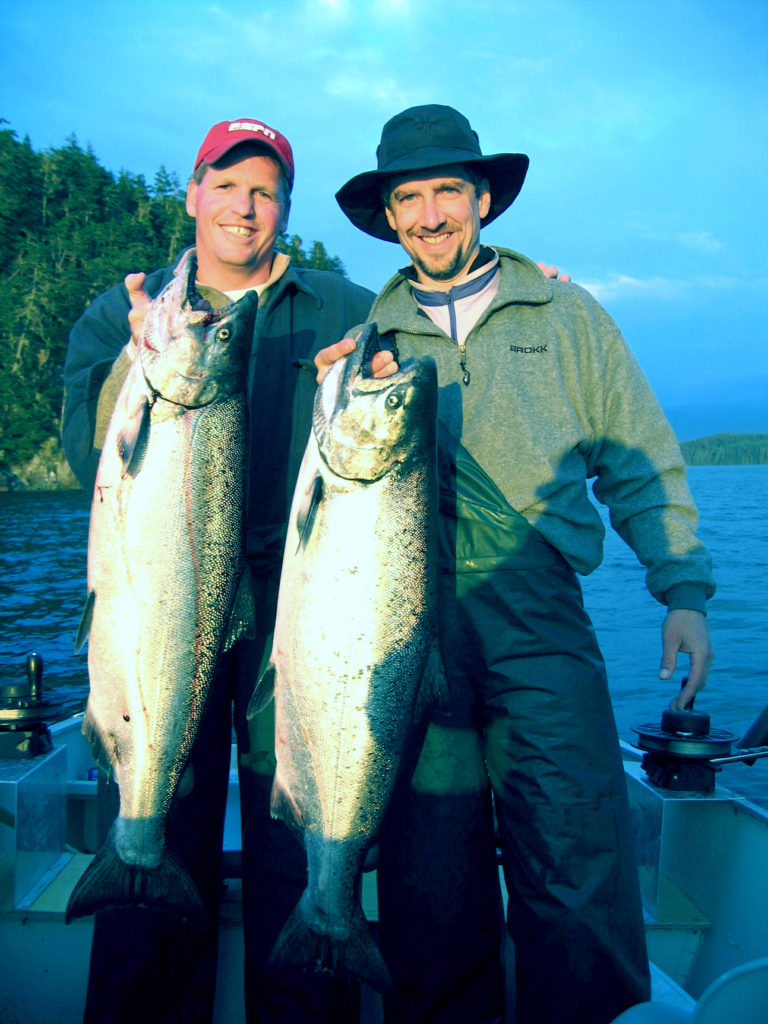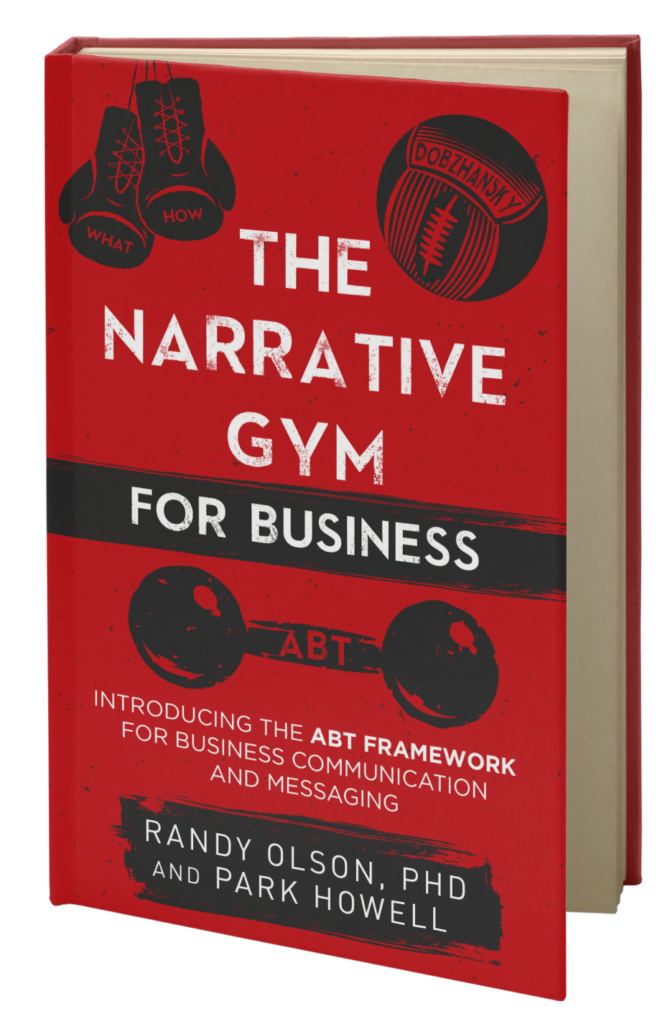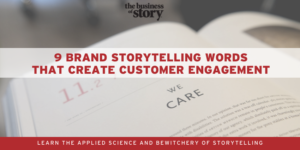You cannot resist the lure of a good story
When making a business point, or sharing loads of data, wrap your content in the adventure of a story. Our reptilian brains can’t resist a good yarn. And your audiences, beleaguered from endless Powerpoints, will love you for it.
But enough of me telling. Let me show you.
Our seaplane banked over a pod of Killer whales on approach after a bumpy four-hour flight from Seattle. We landed in the aptly named Blackfish Sound at the Northern end of Vancouver Island, 250 miles north of Vancouver, British Columbia.
It was a sunny 64-degree July afternoon in 2010. We idled up to the dock at Double Bay Resort eager for another four-day salmon fishing trip. My brothers and I with some buddies migrated here every year to catch the king of all salmons: The Chinook.
The true Chinook trophy, weighing in at over 30 pounds, is called a Tyee, from the coastal Indian language meaning “The Chief” or “The Great Leader.”

But calling Double Bay a “Resort” is being kind. It was more like a logging camp run by Justin, a man’s man Australian outfitter from Calgary, and his wife, Sheila.
Double Bay was DIY salmon fishing. There were no fishing guides. Justin equipped us with 18-foot skiffs powered by 45-horse outboard motors, some tackle, anchovies for bait and all the beer you could buy and drink. He provided pointers on where to fish depending on the time of day and tide, and off we went.
We trolled the eddies of Flower Island, the long beaches of Malcolm Island, and the rocky recesses of Swanson Island. In the evening, following dinner, we traveled four miles south through choppy waters to a spectacular inlet called “The Wall.”
This fishing ground featured a menacing 300-foot wall of granite climbing from the water that toiled and boiled at its base as the tide sucked out to the Pacific. There were always lots of fishermen at The Wall in the evening in a circular trolling dance jockeying for position to hit the honey pots where the lunkers lurked 30 feet down.

We trolled the swirling waters getting in line to take our pass near the base of The Wall. Everyone around me was landing fish, but all I got was the occasional nibble. After two evenings of this, I was back at Double Bay whining to Justin about my poor luck.
Then he told me something that changed everything
“A king salmon is instinctual,” he said. “They will cozy up to your bait as you troll along, and they will watch it swimming in front of them.” Justin waggled his hand to illustrate his point.
“Then that big ‘ol salmon will play with it. They’ll suck on it and bat it around, but they won’t bite.”
He said I’d know if I had a King messing with my bait when the tip of my fishing pole would subtly tip toward the water. I had seen that happen before but didn’t realize there was a salmon sucking on my bait.
Then Justin leaned in with his hand still swimming like the anchovy bait on my line and coached, “When you see that tip rise up, give it just enough of a tug to interrupt the swimming motion of your bait.” His hand spasmed.
“That King will see the awkward flutter and instinctually strike…and strike hard! It can’t help itself.”
The next evening we made our way back down to The Wall and got in the rotation of fishing boats circling near the base of the cliff.
That pole tip had me in trance like a 10-year-old watching a sleight-of-hand artist.

The tip vibrated in nervous rhythm with the outboard and slowly bobbed up and down to the cadence of the subtle swells. Then, almost imperceptibly, the tip of my pole eased down toward the swirling emerald sea. It held there a moment, and then popped back up to its comfortable position.
I grabbed the cork grip just above the reel with my left hand and gave the pole a flick.
Nothing, and then…
BAM!
It struck. Violently.
My pole craned down toward the hull of the boat.
I leaped to my feet and tugged again to set the hook, only harder this time.
POW! The fight was on.
I spent 25 minutes landing this 27-pound King. Not quite a Tyee, but I could live with that.
When I returned to Double Bay that evening, I shared my tale with Justin and thanked him for the advice. He smiled and said, “Fish aren’t smart. They’re instinctual. You gotta think like a fish.”
Stories are primal
I’ve learned that stories are instinctual for our species. We’re a lot smarter than a Chinook. But our reptilian brains are not logic processors. They’re story processors.
And I’ve found that there is one word you can use to get your audience to bite. It’s the anchovy waggle in your narrative.
That word is “But.”
When you insert a “but,” or its equivalent, into your narrative, it alerts the subconscious limbic brain that something is about to happen. The status quo, or the set-up of your story or scene, is about to change.

It signals that something in your narrative is going to be counter to or conflicting with your main subject. Your story is going somewhere and your audience can’t help but ask, “What’s going to happen next?”
They bite.
I learned about the ABT (And, But, Therefore) in 2013 from my friend, Dr. Randy Olson. You can learn how to apply the ABT to bring your data to life through storytelling in our new book The Narrative Gym for Business.
I call the ABT the “DNA of story.” Because I have found that when you use it as the foundation for your story, you are more apt to create something compelling and memorable for your audience. Something to hook them.
Hooking your lizard brain
I shared my fishing story with a room full of investment recovery professionals during the Investment Recovery Conference in Las Vegas earlier this week to demonstrate the power of story to deliver data. I waited about 90 minutes after telling this story and asked the room if they could recall the elements of my story. They did with surprising clarity. They recalled every last name and number.
Can you?
- How long was our flight and from where?
- Where did we land and how far is it from Vancouver, B.C.?
- What month and year did this adventure occur?
- What was the name of the fishing “resort” and who ran it?
- What was the name of the sound?
- How big were the boats that we used and what powered them?
- Name one of the islands we trolled around.
- What was the name of the place we’d fish at night and how tall was it?
- What was the water doing at its base?
- How big was the salmon I caught?
Now, do you think if I had listed all that data in bullets and shared it with you in a PowerPoint deck or listicle that you could recall it? Maybe a couple of items, but it wouldn’t have the impact it had on you outside of the story I shared.
The lure of this story was created around several essential elements, including a time stamp, location stamp, character, action, surprise and a business point. Can you identify those? I call these the five primal elements of a short story for big impact.
At lunch following the session, a gentleman came up to me and said he thoroughly enjoyed the tale. At first, he wasn’t quite sure what the business point was, and then realized it was about using the instinctual power of story when sharing their reams of data with their leadership.
Fish on!
Storytelling is about connecting on a human level. It’s primal and our reptilian brains can’t resist it.
Turn your data into drama. You’ll lure your audiences in and hook ’em.
Especially those lurking lunkers.
Story on!












at 7:11 am
[…] that stories are instinctual for our species,” Howell wrote in a stellar blog post on the primal nature of stories. “But our reptilian brains are not logic processors. They’re story processors.” An engaging […]
at 4:49 pm
[…] learned that stories are instinctual for our species,” Howell wrote in a stellar blog post on the primal nature of stories. “But our reptilian brains are not logic processors. They’re story processors.” An engaging […]